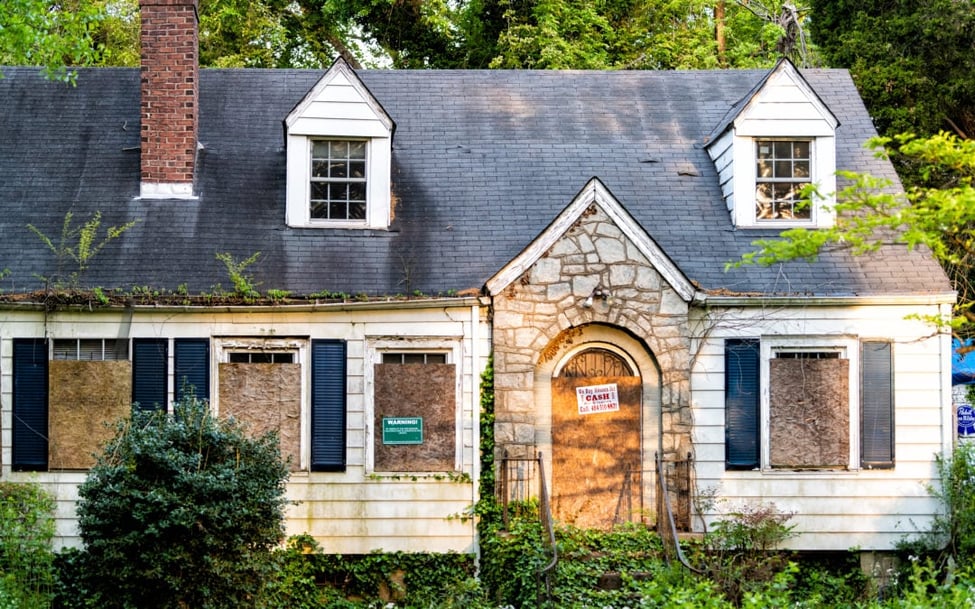Hey there, homeowners! Picture this: you've got a vacant house sitting empty, waiting for its next chapter to begin. But is it just sitting pretty, or is there trouble brewing under the surface? As your go-to Edmonton real estate agent, I'm here to shed some light on whether your vacant house is a ticking time bomb—and what you can do about it. So, let's dive in and find out!
Assess the Risks: First things first, let's take stock of the situation. A vacant house can pose a variety of risks, from maintenance issues and security concerns to potential damage from weather or pests. By assessing the risks upfront, you can better understand the potential dangers lurking within your vacant property.
Check for Maintenance Issues: Without regular upkeep, even the sturdiest of houses can start to show signs of wear and tear. Take a close look at your vacant house to check for any maintenance issues that may need attention. This could include leaky pipes, malfunctioning HVAC systems, or damaged roofing—all of which have the potential to turn into major headaches if left unchecked.
Secure the Property: One of the biggest risks associated with vacant houses is security. Empty properties are often targets for vandalism, theft, and squatting, putting your investment at risk. Take steps to secure your vacant house by installing alarm systems, motion-activated lights, and sturdy locks on doors and windows. Consider enlisting the help of a property management company to keep a watchful eye on your property while it's vacant.
Protect Against Weather Damage: Mother Nature can be unforgiving, especially to vacant houses left vulnerable to the elements. Make sure your vacant property is prepared to weather any storm by addressing potential weak points like loose shingles, cracked windows, and clogged gutters. Consider investing in weatherproofing measures such as sealing cracks, insulating pipes, and installing storm shutters to protect your property from damage.
Prevent Pest Infestations: Vacant houses are prime targets for unwanted guests of the furry or creepy-crawly variety. Take proactive steps to prevent pest infestations by sealing entry points, removing sources of food and water, and scheduling regular pest control inspections. By keeping pests at bay, you can avoid costly damage and preserve the integrity of your vacant property.
Consider Renting or Selling: If maintaining a vacant property is starting to feel like a burden, it may be time to consider your options. Renting out your vacant house can provide a steady stream of income while keeping the property occupied and well-maintained. Alternatively, selling your vacant house to a motivated buyer can offer a quick and hassle-free solution, allowing you to move on to your next venture with peace of mind.
In conclusion, don't wait for disaster to strike—take proactive steps to protect your vacant house and safeguard your investment. By assessing the risks, securing the property, and considering your options, you can avoid the pitfalls of homeownership and ensure that your vacant house remains a safe and secure asset for years to come. Here's to a worry-free future for you and your property!

